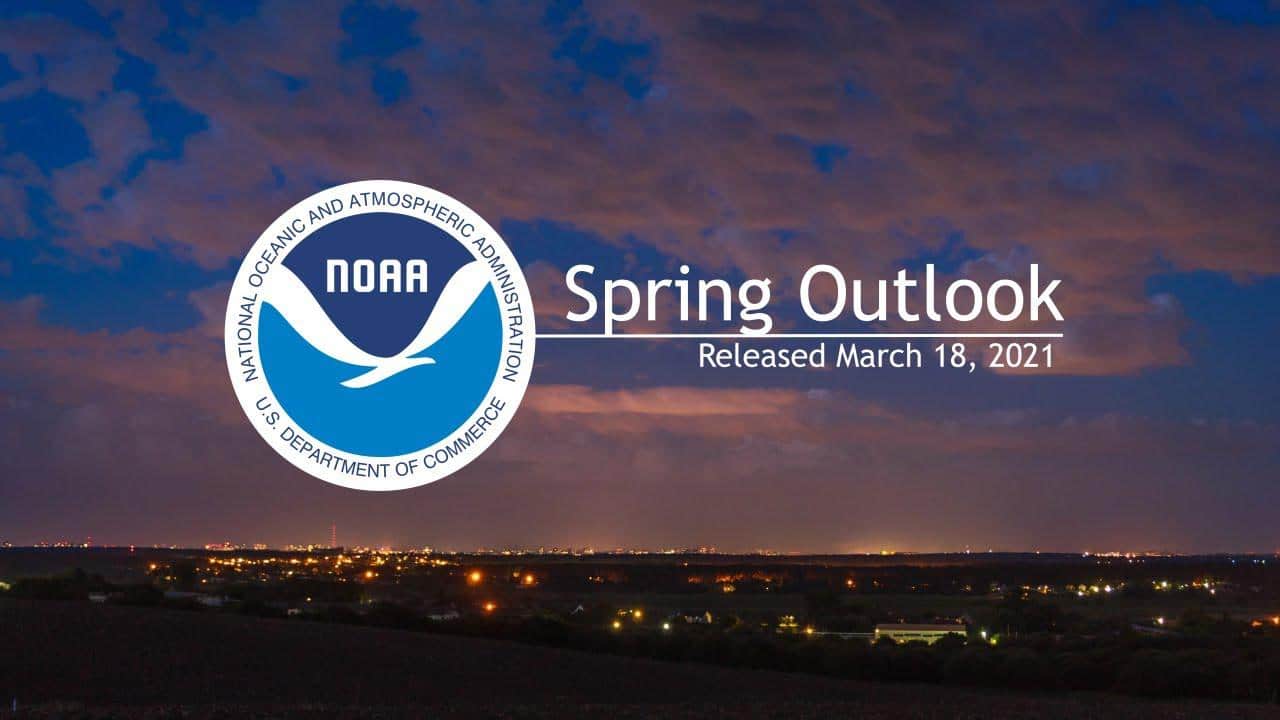
‘Prolonged and Widespread Drought’ Predicted for Much of U.S. in New NOAA Report

A megadrought worsened by climate change is creating and exacerbating problems across the Western U.S. as NOAA predicts precipitation levels below historical norms through June.
NOAA’s official spring outlook, released late last week, predicts expanding and worsening drought from Louisiana to Oregon and unusually warm temperatures in almost the entire country — which in turn make drought worse. “We are predicting prolonged and widespread drought,” National Weather Service Deputy Director Mary Erickson told the AP. “It’s definitely something we’re watching and very concerned about.”
Shrinking snowpack means even less water will be available for everything from drinking water to hydropower to irrigation, and reservoirs such as Lakes Mead and Powell are already at below-normal levels. Climate change exacerbates drought in multiple ways, including by creating weather patterns that, “leav[e] the southwestern states mostly warm, dry, and prone to wildfires,” Jennifer Francis, a senior scientist at the Woodwell Climate Research Center, told Bloomberg.
As reported by CNN:
The greatest area of snow drought expansion has been in the Sierra Nevada where no large storms have occurred since the strong atmospheric river in late January. This has left almost all of the Sierra Nevada weather stations below the 30th percentile of snow water equivalent, and a few locations in the Southern Sierra are even below the 10th percentile.
But what is bad for some can be good for others in terms of snowpack. It’s the ultimate dichotomy.
That’s because unlike in some previous years, that lack of snowmelt means flooding will be less severe across the Plains and Midwest, but it also means lack of necessary water for the western states that rely on it to keep drought conditions in check.
For a deeper dive:
Drought: Bloomberg; Spring outlook: AP, CNN, The Hill; Climate Signals background: Drought, Wildfires
For more climate change and clean energy news, you can follow Climate Nexus on Twitter and Facebook, sign up for daily Hot News, and visit their news site, Nexus Media News.
- 12 New Books Explore Fresh Approaches to Act on Climate Change ...
- NOAA Updates Extreme Weather Forecasting Model
- Drought Fuels Conflict in Klamath Basin

 233k
233k  41k
41k  Subscribe
Subscribe 